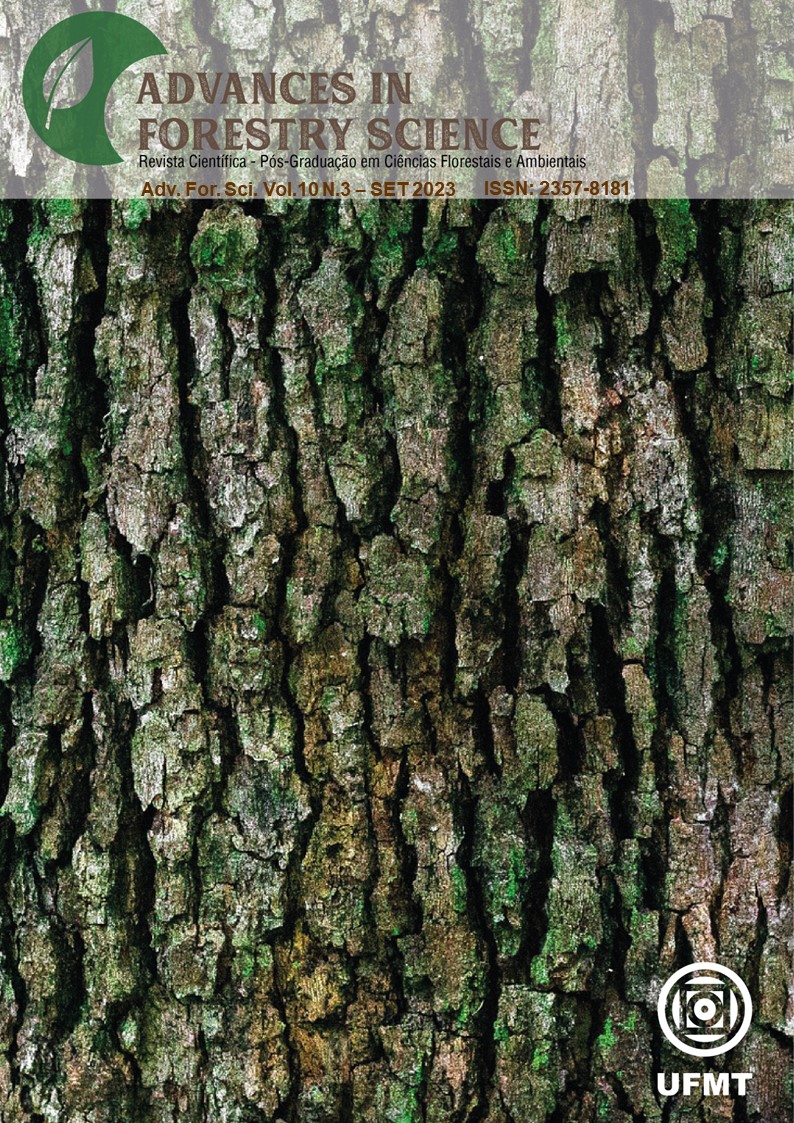Law on access to information as an instrument for conducting forestry research in Brazil
DOI:
https://doi.org/10.34062/afs.v10i3.14877Abstract
The Law on Access to Information (LAI) allows access to any information, as long as it is not confidential or personal. Forest inventories submitted to public agencies probably fall within the scope of the LAI, which makes them a viable solution to the lack of financial resources that subsidize forestry research in the Amazon. The objective was to evaluate the LAI as an instrument for conducting forestry research and, based on this, to evaluate the diametrical structure and the spatial pattern of copaíba and uchi. The protocol to request access to the forest inventory was carried out through the e-SIC. The diametral structure was calculated for a 10 cm amplitude, while the spatial pattern was obtained by Ripley's K function. Forest inventories are subject to the LAI and therefore are not considered confidential or personal. The inventory acquisition period was 20 to 30 days. The period, location, required object and thematic cut are fundamental aspects to approve the request for access to forest inventories. The species presented a diametrical structure tending to normality. This suggests an imbalance between mortality and recruitment rates caused by low seed production or unfavorable soil and climatic conditions. The uchi species presented an aggregate spatial pattern, while the copaíba trees presented a variable pattern depending on the distance. These spatial patterns are results of dispersal syndromes and habitat heterogeneity.
Downloads
Downloads
Published
Issue
Section
License
All copyright must be assigned to the Federal University of Mato Grosso.

